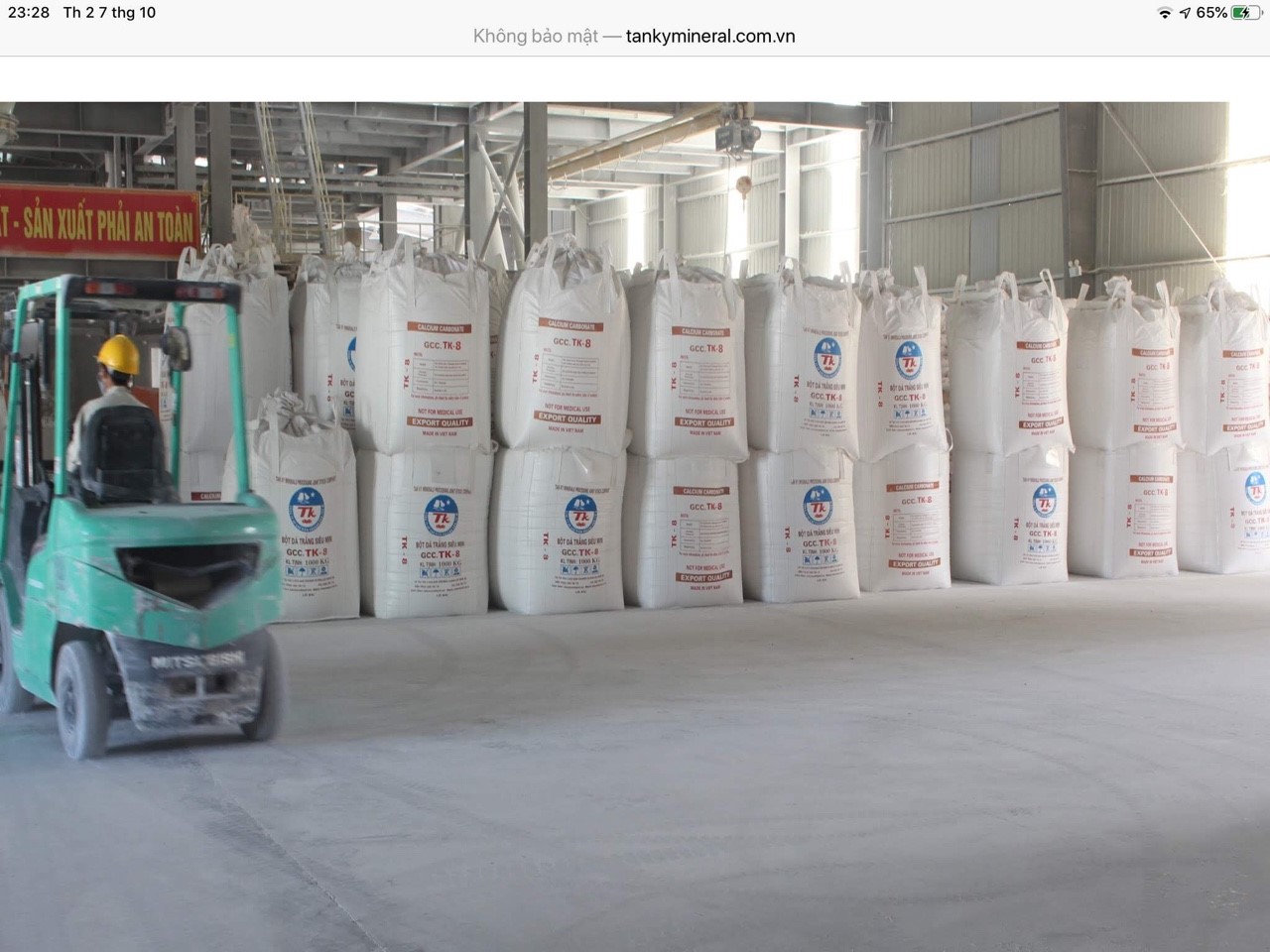Why Calcium Carbonate (CaCO3) is used in PVC Applications and How does it affects the application?
Both calcium carbonates and coated calcium carbonates contribute to the ultimate performance properties of this wide variety of piping applications. Product choice depends on the specific application and the property requirements of that application. For maximum property development and formulation flexibility, surface-treated carbonates are designed to give good dispersion along with excellent incorporation in the polymer matrix.
Polyvinyl Chloride (PVC) is a versatile polymer well suited for a variety of pipe applications ranging from large sewer piping to residential drain waste vent (DWV) piping, as well as smaller potable water piping and electrical conduit. Applications such as DWV are not pressure rated, which reduces the impact resistance required to function in the application. Others, such as residential potable water, carry ratings appropriate to their intended application. More recently, chlorinated PVC (CPVC) has been approved in some municipalities for use in hot water piping because of its superior high-temperature properties versus PVC.
Both calcium carbonates and coated calcium carbonates contribute to the ultimate performance properties of this wide variety of piping applications. Product choice depends on the specific application and the property requirements of that application. For maximum property development and formulation flexibility, surface-treated carbonates are designed to give good dispersion along with excellent incorporation in the polymer matrix.
Calcium carbonate improves the base properties of polyvinyl chloride by adding stiffness to the polymer matrix and improving impact resistance as particle sizes become smaller. Calcium carbonate also improves compounding performance by helping disperse various ingredients into the PVC powder blend and improves processing by making polymer flow more homogeneous.
The relationship between a calcium carbonate’s particle size and the impact strength of the finished rigid PVC part also applies to extruded pipe and injection-molded fittings. The object is to produce an acceptable part at the lowest possible cost. This is achieved by minimizing the level of ingredients that add cost to the PVC formulation, such as impact modifier.
The ideal is to eliminate the use of impact modifier. This can be achieved in larger diameter pipes using a formulation containing a 2-3 micron calcium carbonate. The impact specification is usually more difficult to meet in a small diameter pipe, thus a finer calcium carbonate must be used—usually in the range of 1-2 microns. In applications that require an impact modifier, the amount of modifier can be minimized by using a very fine, sub micron coated CaCO3. This approach is especially useful in demanding applications such as pipe fitting formulations and large diameter corrugated drainpipe.
Tan Ky Mineral's gcc for pipe making



